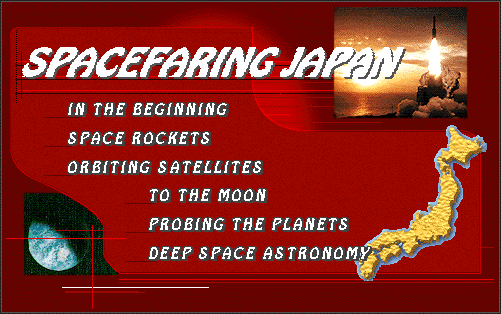

Rockets Boost Japanese Probes Up, Up and Away
Satellites Rockets Surveying the Moon Exploring Planets
Japanese space rockets are launched by JAXA from its launch site on small Tanegashima Island off Japan's southern main island of Kyushu, part of the Kagoshima Space Center.
JAXA photo of Japan's most powerful space rocket, the H-2A, upward bound for space from Tanegashima Island
JAXA is the Japan Aerospace Exploration Agency formed by the merger of the former National Space Development Agency of Japan (NASDA), Institute of Space and Astronautical Science (ISAS), and National Aerospace Laboratory of Japan (NAL).
Japan has made dozens of launches since 1975 from that island at the southern tip of Japan. The country has enjoyed a very high success rate with its N-series and H-series rockets.
Japan got a late start in space work under restrictions at the end of World War II. It used technology from the U.S. while the space agency developed its own powerful all-Japanese H-2 space rocket. An H-2 was designed to lift two tons a distance of 22,300 miles above Earth to a so-called stationary orbit.
Today, Japan¹s primary large-scale launch vehicle is the powerful rocket known as H-2A. The rocket is equipped with high-performance engines, which use liquid oxygen and hydrogen as propellants. It can launch payloads – satellites and space probes – of various weights to different orbits.
Signals from communications satellites are received by Japan at its Masuda, Katsuura and Okinawa tracking stations.
STORIES OF JAPAN'S H-2A ROCKETS LAUNCHING SATELLITES »
MUSES-A LAUNCHES FROM KAGOSHIMA IN AN ON-TAKE DUST CLOUD »
SPACEFARING JAPAN: HISTORY ROCKETS SATELLITES MOONS PLANETS ASTRONOMY JAPAN
CHINA INDIA EUROPE SEARCH STO STO COVER QUESTIONS SUGGESTIONS E-MAIL
© 2005 SPACE TODAY ONLINE